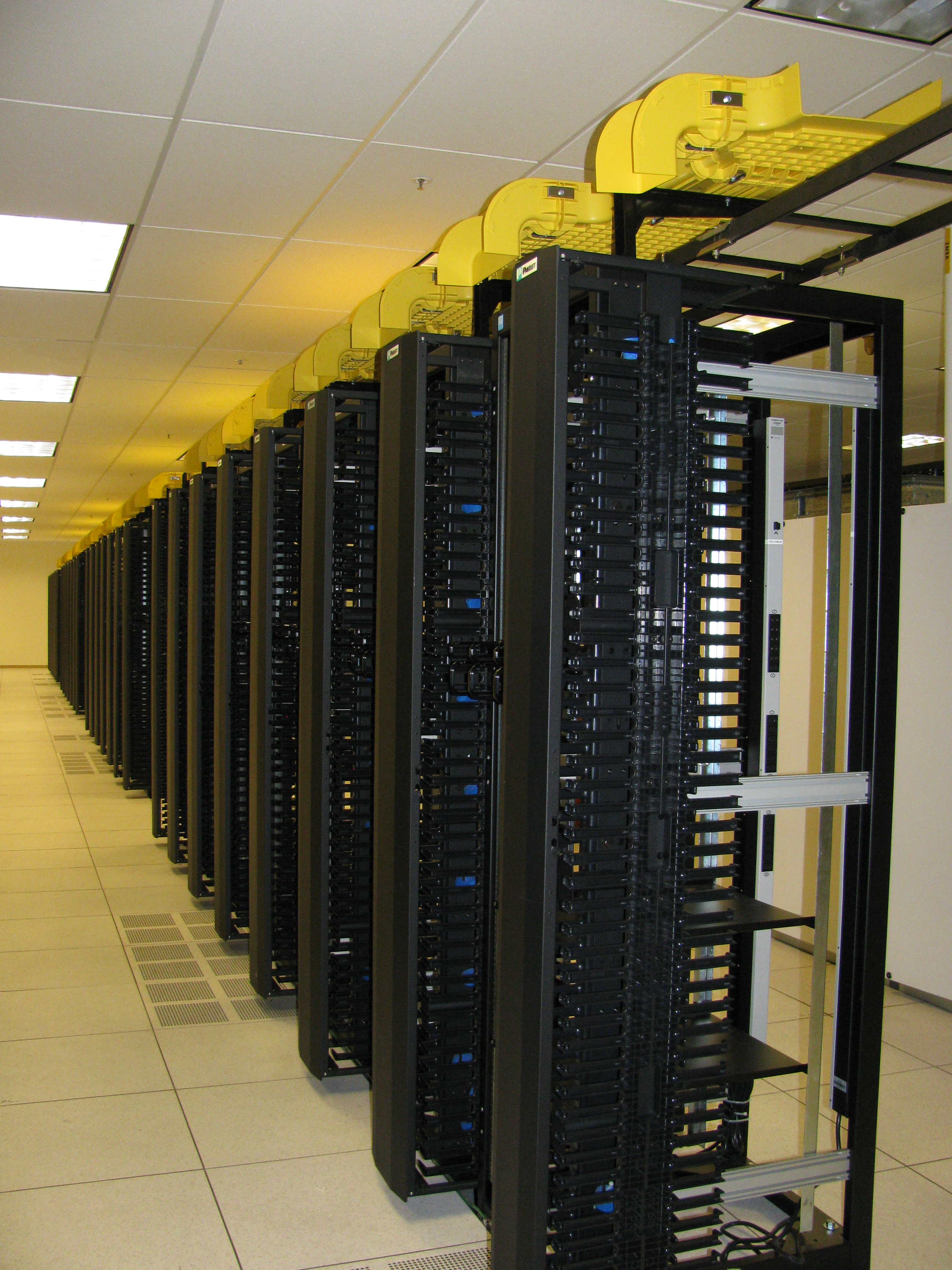 The Disease Management Care Blog is scheduled to participate in a November 12 PCPCC webinar on the timely topic of population health management (PHM). We'll be focusing on the October 2013 PCPCC report "Managing Populations, Maximizing Technology." Readers can download it here and refer to page 2 where the DMCB, among other luminaries, is acknowledged for its thoughtful review.
The Disease Management Care Blog is scheduled to participate in a November 12 PCPCC webinar on the timely topic of population health management (PHM). We'll be focusing on the October 2013 PCPCC report "Managing Populations, Maximizing Technology." Readers can download it here and refer to page 2 where the DMCB, among other luminaries, is acknowledged for its thoughtful review.The PCPCC report effectively reminds health system architects and policymakers that the electronic health record (EHR) is necessary - but nowhere near sufficient - for a high performing patient-centered medical neighborhood. Other information technology (IT) components include intelligent shared decision making, registries, health information exchanges, analytics, referral tracking, telemonitoring, automated outreach, patient communications, mobile apps, decision support and risk stratification.
And that's just for starters.
The good news here is that while Washington DC's EHR weenies remain focused on the dreary stages "meaningful use," innovative health systems with medical homes and neighborhoods are really using IT to make a thousand PHM flowers bloom.
Naturally, during the PCPCC webinar, the DMCB isn't going to stop there. If given a chance, it will also point out:
1. Build vs. buy: While health systems generally believe that PHM - with or without its IT trappings - can be built using local resources, a better answer may be to buy it from a vendor. Why own it when you can rent it?
2. And speaking of outsourcing: While its physician-colleagues prize the stature that comes from "quarterbacking" a medical home team, what is less appreciated is the distinct possibility that a quarterback is often not the most important position. Get out of the way and let the IT-empowered and enabled non-physicians do their thing.
3. The EHR gone wrong: "Portals" are preferred by EHR vendors because they push patients toward their products, often run by lawyers who fear HIPAA and typically programmed by IT geeks who only think about code. It's time to put patients first.
4. "This is not my patient!": While predictive modeling generates lists of patients that annoy physicians with multiple inaccuracies, the science is getting better. That being said, many other tests like EKGs and chest x-rays are notorious for false negative and false positive results. It's all part of being a doctor.
5. Apply a filter.... please!: The biggest threat from health IT is a data glut of numbers, labs, tests, surveys, messages, alerts, prompts, readings, alarms, vitals and figures that overwhelm medical home team members. That's going to involve setting thresholds and priorities.
6. It's not about the revenue: Forget about using health IT to justify additional payment. In a health system without anymore money, the purpose of health IT is to generate savings. That means it has to pay for itself.
7. Watch out! The under-appreciated health IT event that is going to change the relationship between insurers and providers: the move from using paid insurance claims to submitted EHR claims to assess population outcomes.
Image from Wikipedia












No comments:
Post a Comment